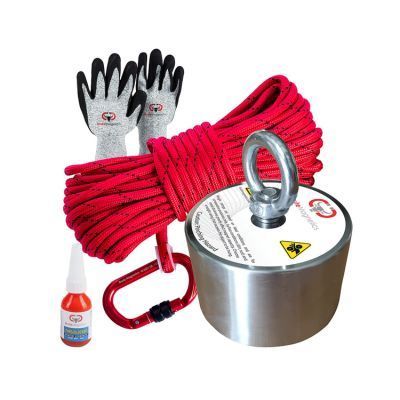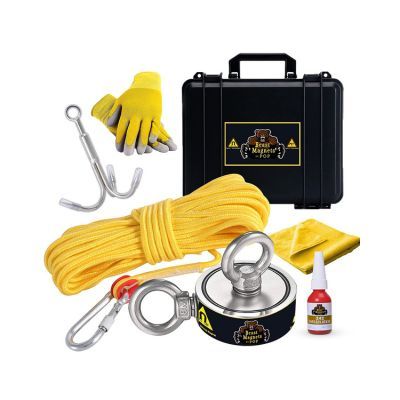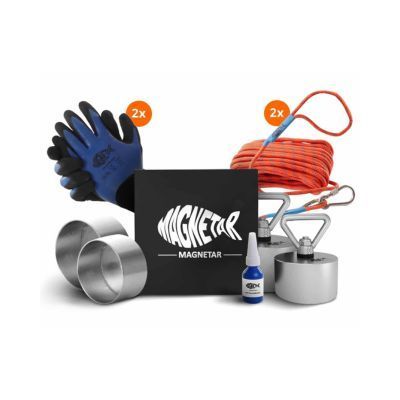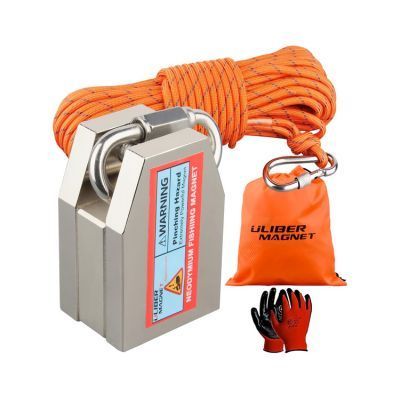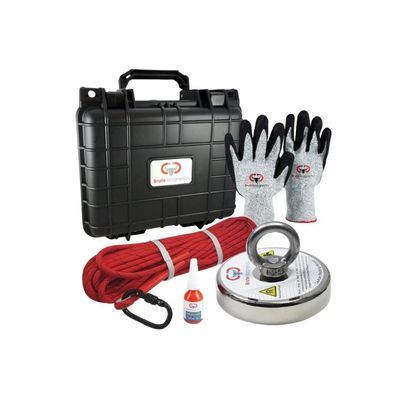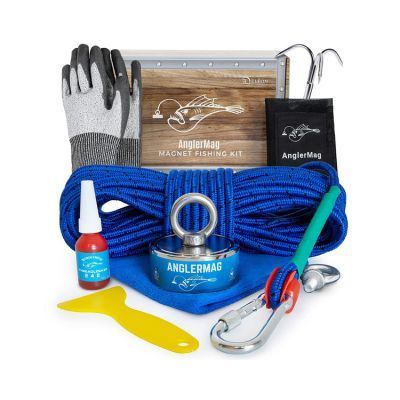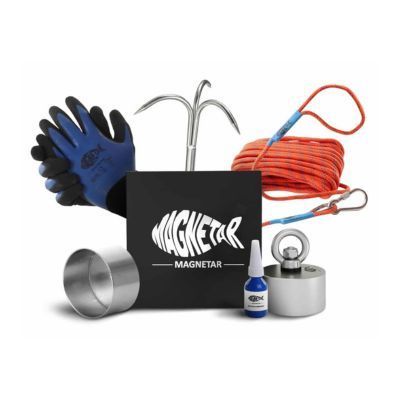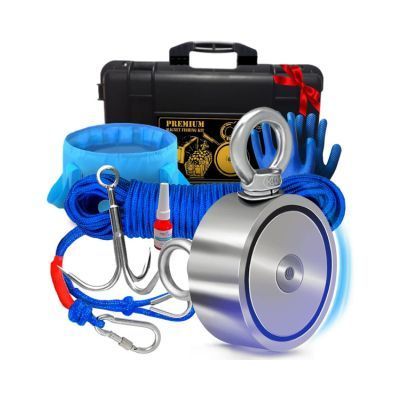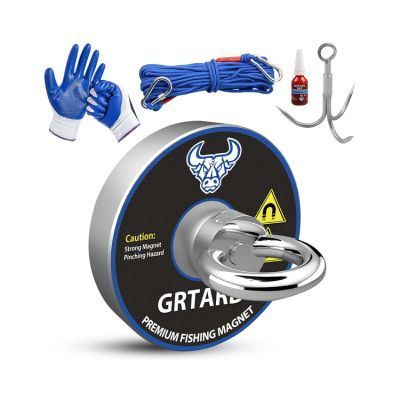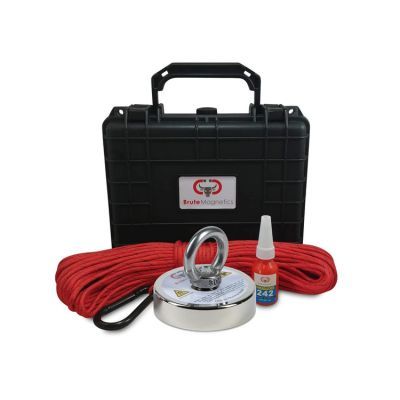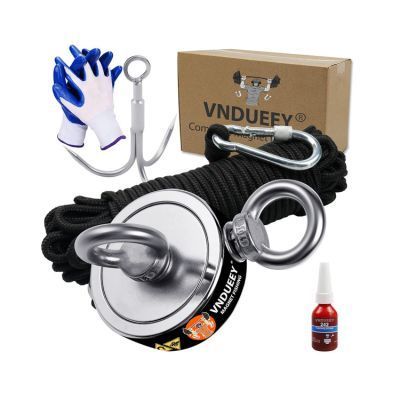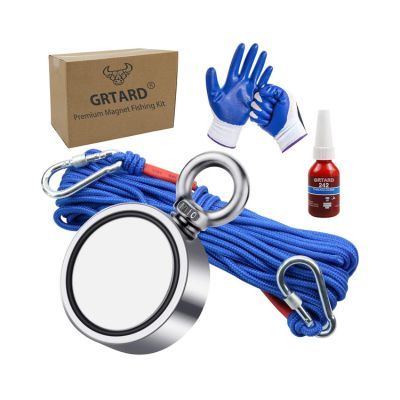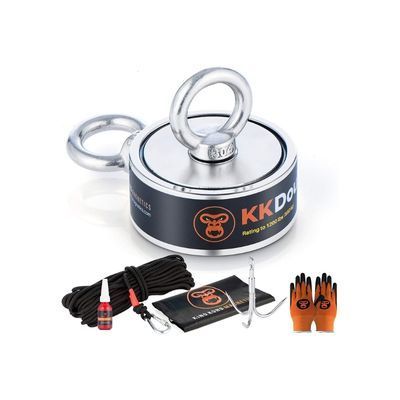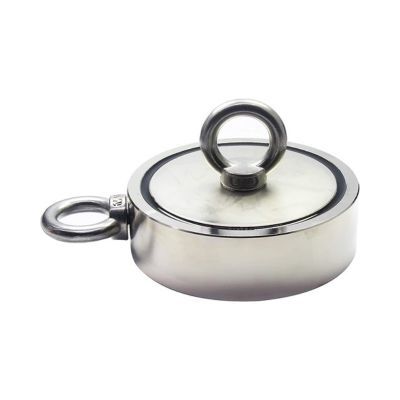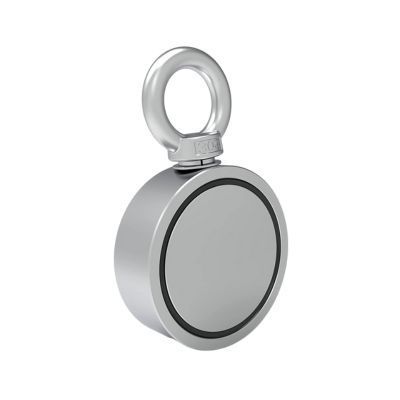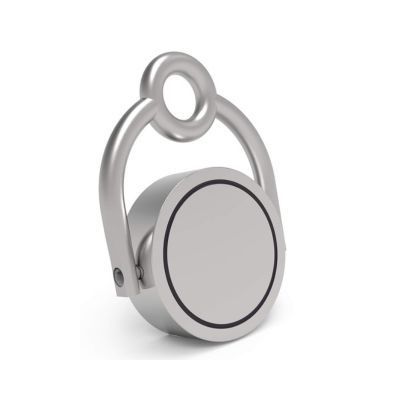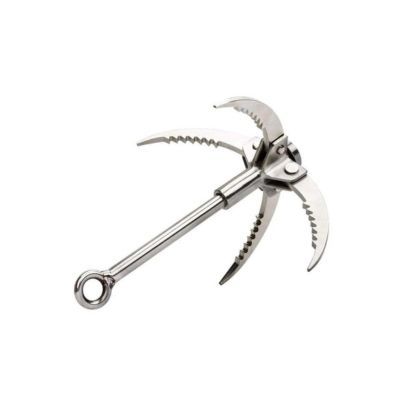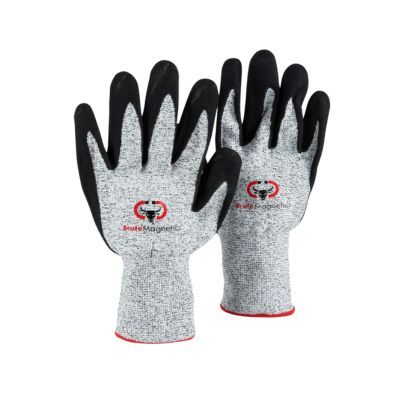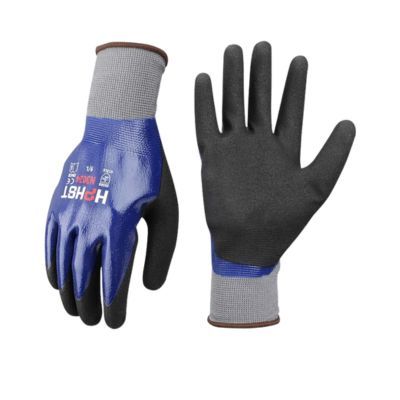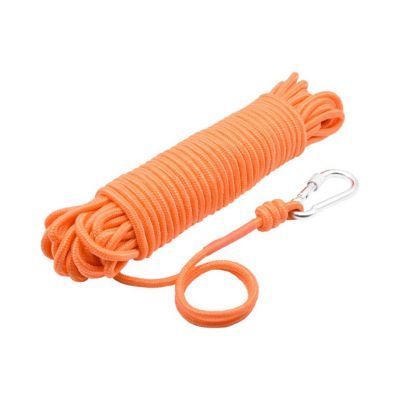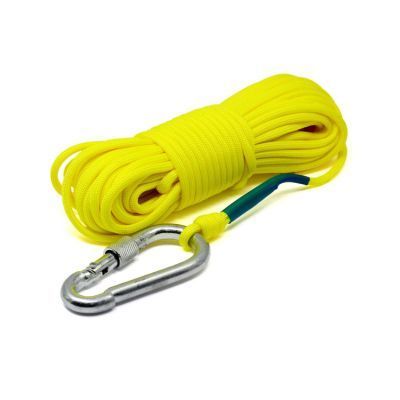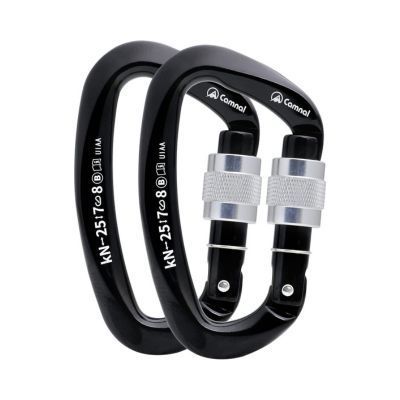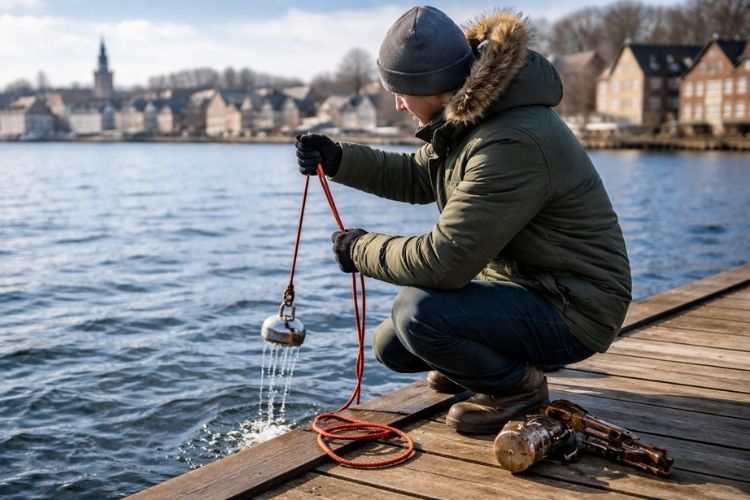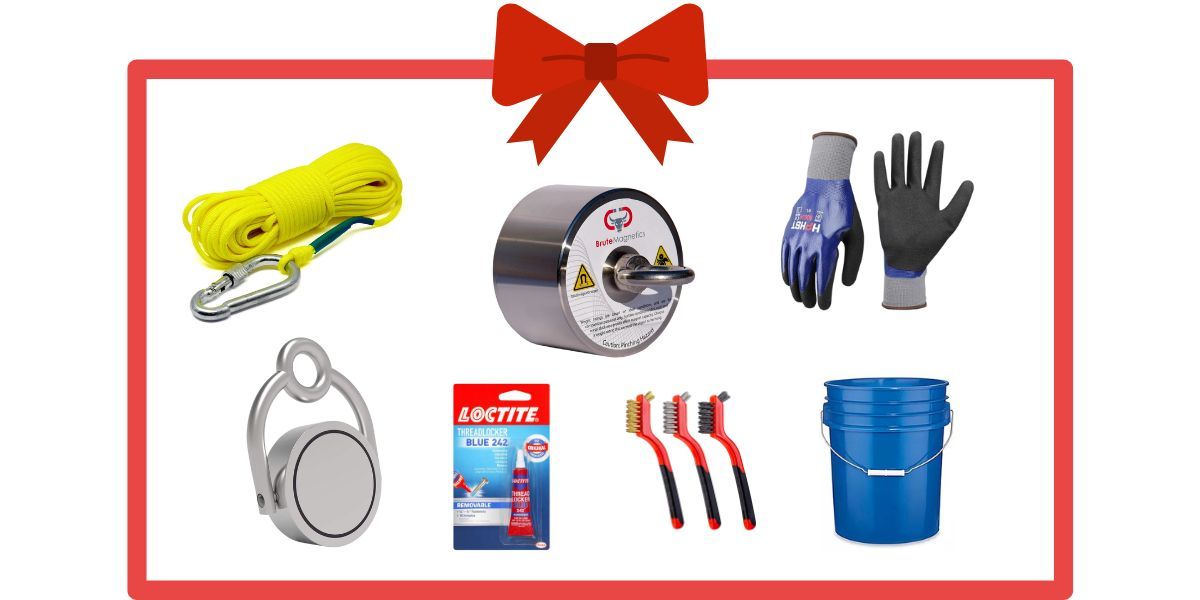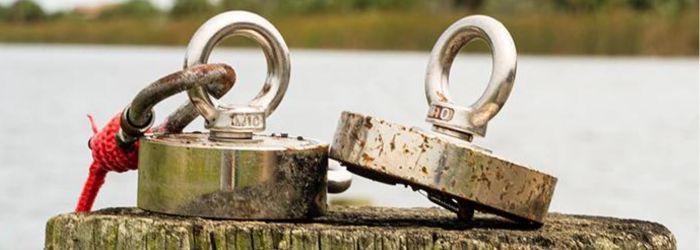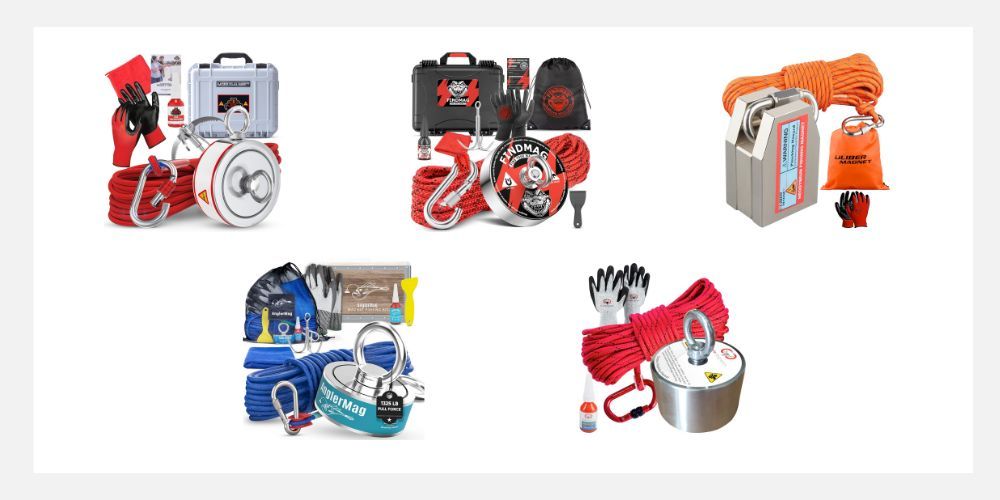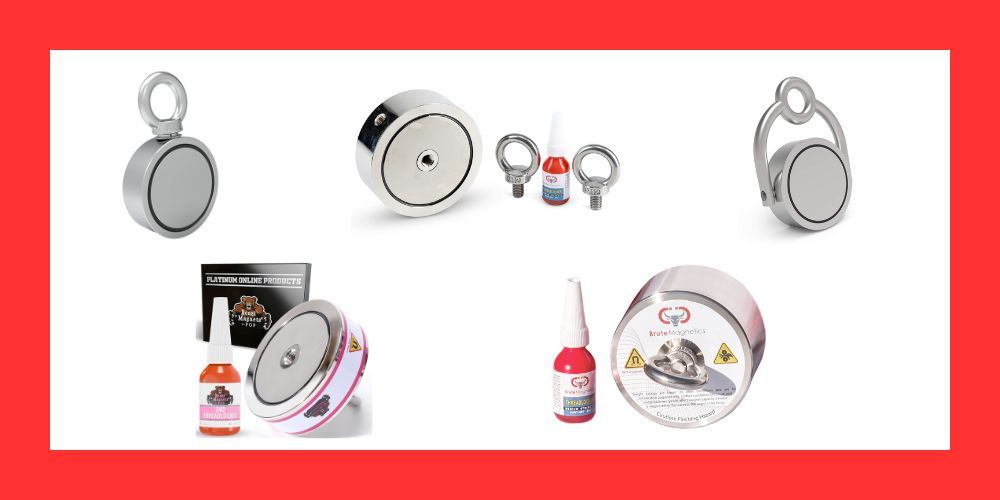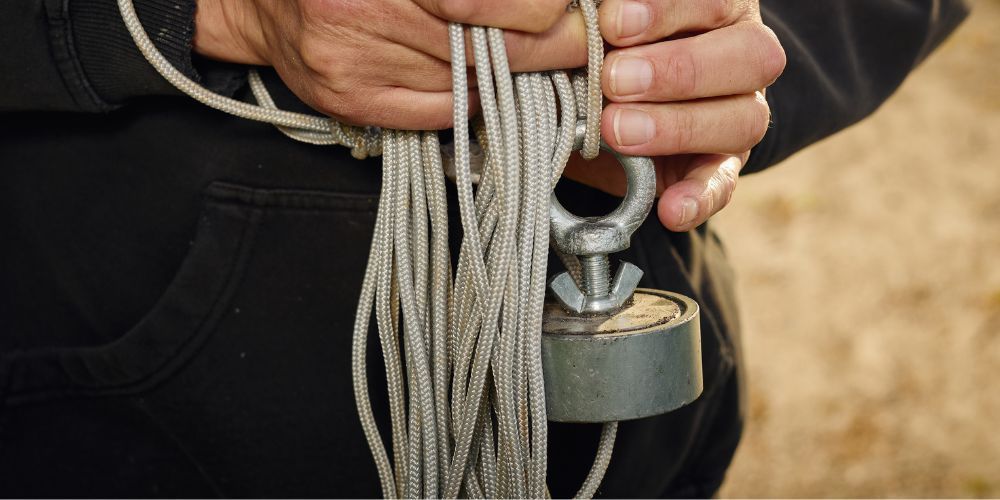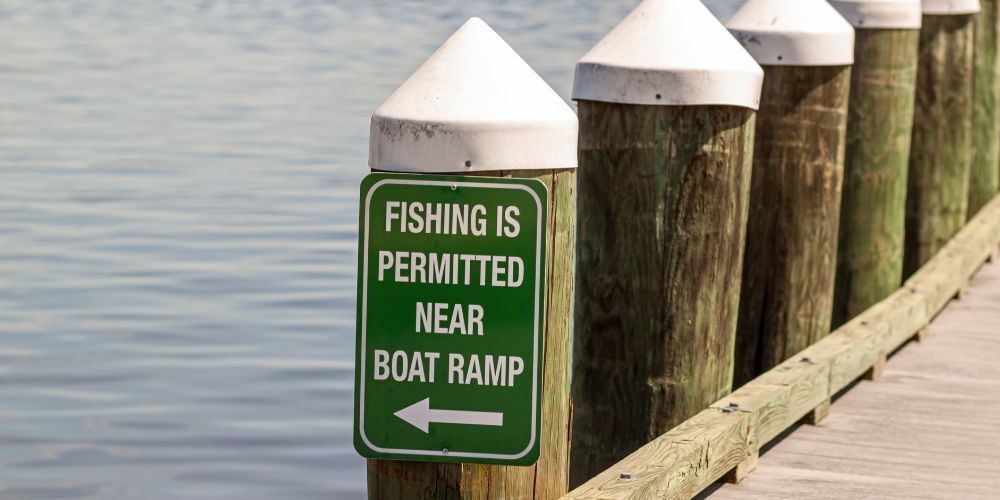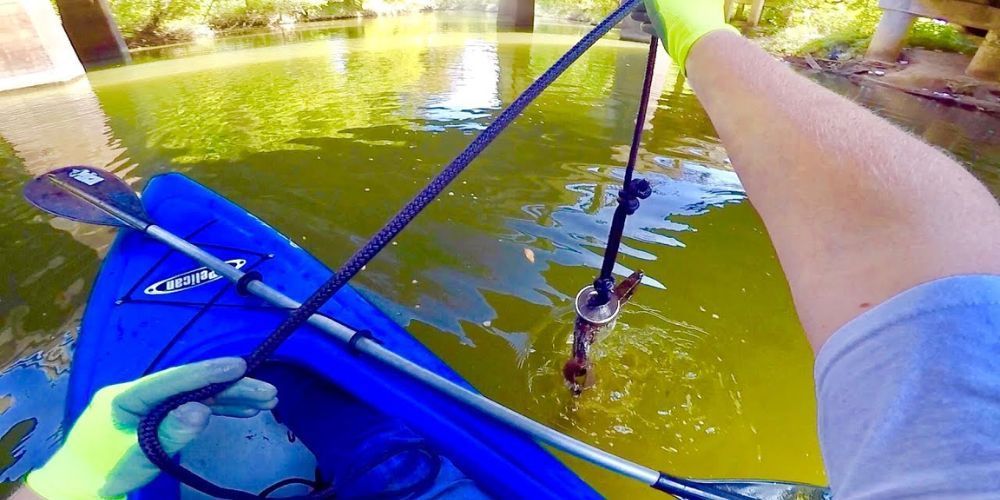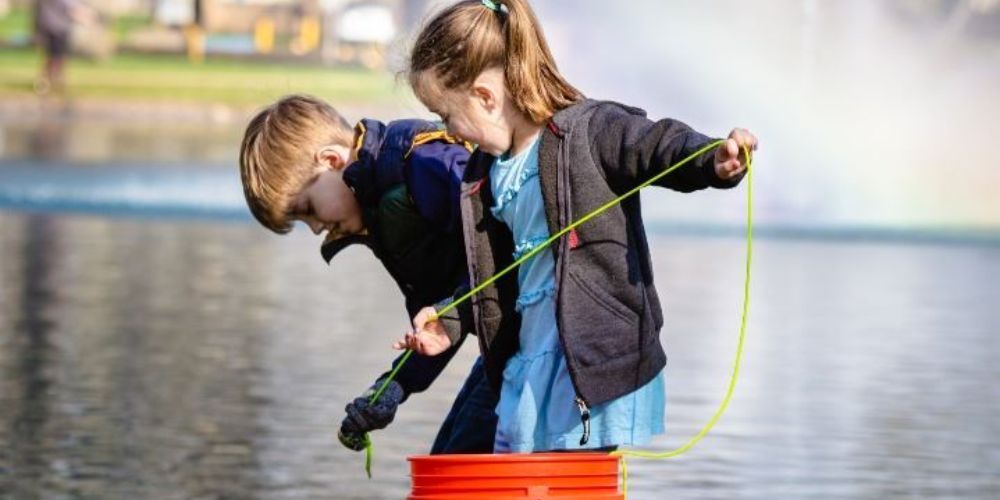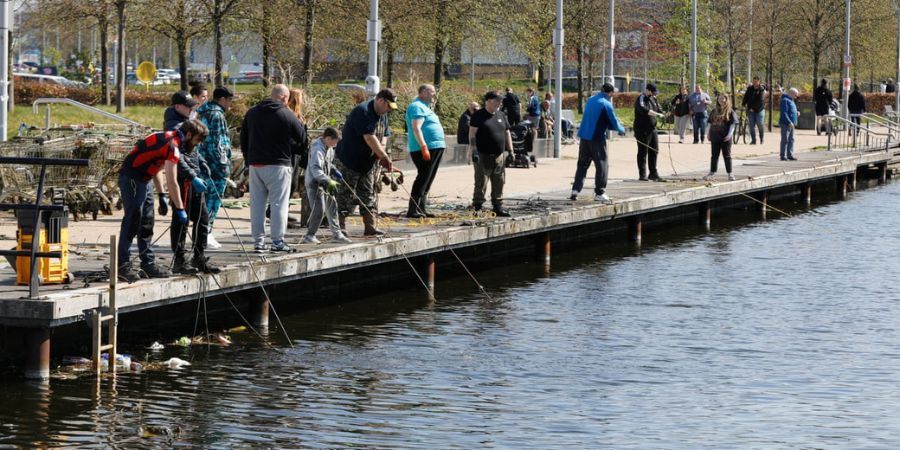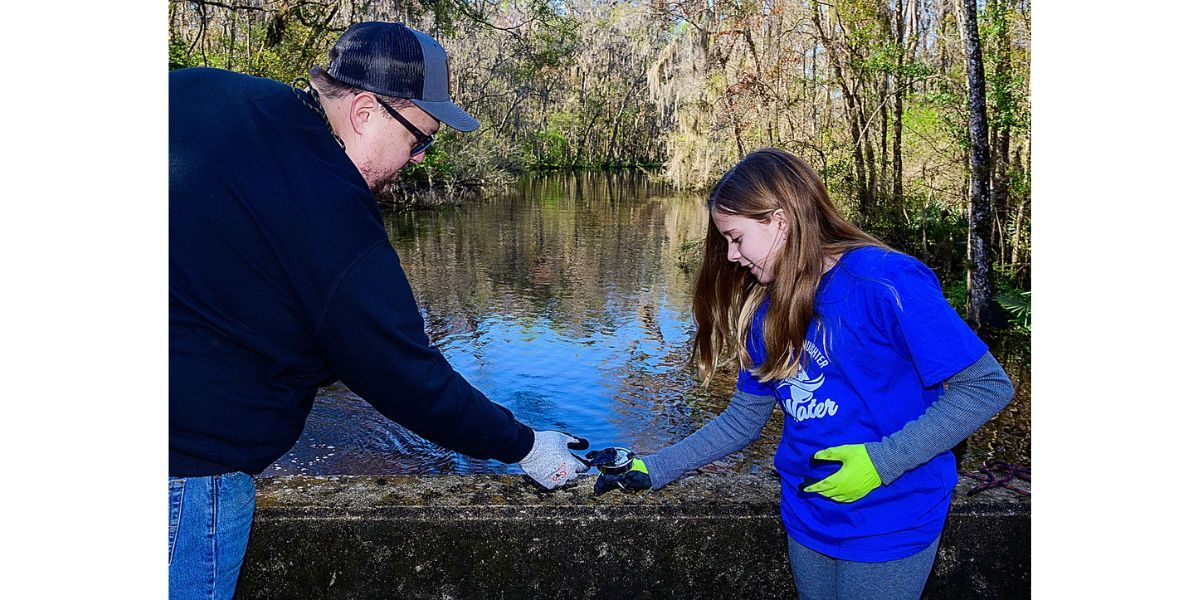What is Magnet Fishing? Everything Beginners Need to Know
I've been magnet fishing for over five years now, and I can honestly say it's one of the most addictive outdoor hobbies I've ever tried. There's something magical about dropping a powerful magnet into murky water and pulling up pieces of history, lost treasures, and sometimes even valuable finds.
If you've stumbled across videos of people pulling old safes, vintage tools, or mysterious metal objects from rivers and lakes, you've discovered the fascinating world of magnet fishing. Let me walk you through everything you need to know about this incredible hobby.
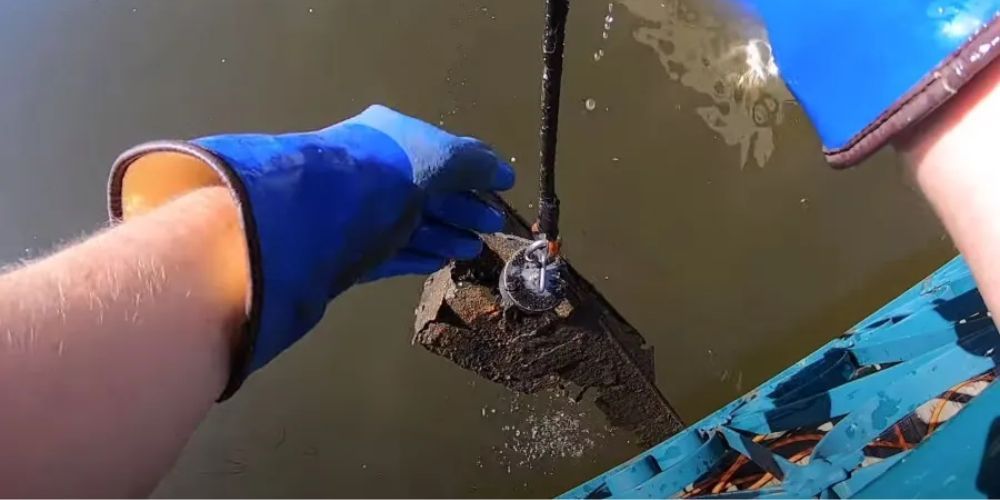
What Exactly is Magnet Fishing?
Magnet fishing is the practice of searching bodies of water for ferromagnetic objects using a strong neodymium magnet attached to a rope. Think of it as metal detecting's water-loving cousin – except instead of sweeping beaches or fields, you're casting powerful magnets into rivers, lakes, canals, and ponds.
The concept is beautifully simple: you tie a strong rope to a powerful magnet (usually 500-3000+ pounds of pulling force), throw it into the water, drag it along the bottom, and see what magnetic treasures stick to it. What comes up can range from rusty bottle caps to genuine historical artifacts that have been underwater for decades.
The Science Behind Magnet Fishing
Your magnet fishing success depends on understanding what metals stick to magnets. Neodymium magnets (the type we use) are incredibly powerful rare-earth magnets that attract ferromagnetic materials like:
- Iron and steel - The most common finds
- Nickel - Less common but magnetic
- Cobalt - Rare in everyday objects
Here's what won't stick to your magnet:
- Aluminum (soda cans, some car parts)
- Copper (pennies, pipes, wiring)
- Brass (keys, some hardware)
- Gold and silver (unfortunately!)
- Stainless steel (most modern cookware)
This is why magnet fishing often surprises newcomers – you might pull up a heavy steel toolbox but leave behind an expensive aluminum fishing reel sitting right next to it.
What Can You Actually Find Magnet Fishing?
After hundreds of magnet fishing trips, I've learned that every body of water tells a story through its metal contents. Here's what I commonly find:
Common Everyday Finds
- Tools: Wrenches, hammers, screwdrivers that fell overboard
- Hardware: Bolts, nuts, chains, anchor parts
- Transportation items: Bike parts, car components, boat hardware
- Household items: Pots, pans, cutlery (mostly vintage iron pieces)
Historical Treasures
- Old farming equipment: Horseshoes, plow parts, hand tools
- Vintage items: Cast iron cookware, old locks, antique hardware
- Military artifacts: Occasionally, old ammunition or equipment (handle with extreme care)
Unexpected Discoveries
I've personally pulled up everything from a 1940s cash register to a perfectly preserved Civil War-era horseshoe. Other magnet fishers have found safes with contents still inside, vintage motorcycles, and even meteorites.
The Not-So-Fun Stuff
Let's be honest – you'll also find plenty of modern trash like bottle caps, rusty nails, and random scrap metal. But even cleaning up this debris feels good because you're helping improve our waterways.
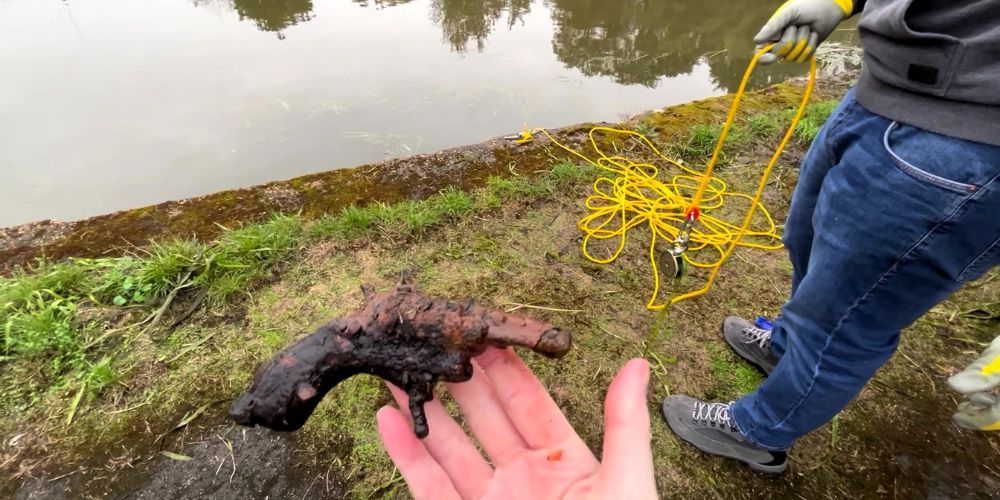
Essential Magnet Fishing Gear for Beginners
Starting magnet fishing doesn't require a huge investment, but having the right gear makes all the difference in your success and safety.
The Magnet: Your Most Important Tool
For beginners, I recommend starting with a 500-1000 pound pull force neodymium magnet. This gives you enough power to pull up substantial finds without being overwhelming to handle.
My top beginner magnet recommendation: The 760 lbs Magnet Fishing Kit for Beginners is perfect for newcomers. It includes everything you need to get started – the magnet, rope, and carabiner – all in one complete package. The 760-pound pull strength hits the sweet spot for beginners: powerful enough for exciting finds but not overwhelming to handle.
Rope: Your Lifeline to Treasures
Never cheap out on rope – it's literally what connects you to your finds. You need:
- Minimum 500-1000 lb breaking strength
- 50-100 feet length for most locations
- Floating rope preferred (easier to see and retrieve)
Top rope choice: The 65ft Heavy-Duty Magnet Fishing Rope is my go-to. It's specifically designed for magnet fishing with incredible strength, doesn't absorb water, and the bright color makes it easy to spot in any conditions.
Safety and Utility Gear
- Heavy-duty gloves: Protect your hands from sharp edges and rusty metal
- Carabiner or snap hook: Makes attaching/detaching your magnet easier
- Bucket or container: For collecting smaller finds
- First aid kit: Cuts from rusty metal are unfortunately common
Brute Magnetics Boss Magnet
See PriceBeast Magnets 3200 lbs
See PriceMagnetar Warrior Bundle
See PriceULIBER Swivel Magnet Fishing Kit
See PriceBrute Box 1000 lbs
See PriceAnglerMag 1250 lbs
See PriceMagnetar 360º 1300 lbs Magnet Fishing Kit
See PriceLogui Projects 1200 lbs
See PriceGRTARD 500 lbs Magnet Fishing Kit
See Price425 lbs Junior Magnet Fishing Kit
See Price760 lbs Magnet Fishing Kit for Beginners
See Price700 lbs Beginners Maget Fishing Kit
See PriceKing Kong Magnetics 1200 lbs
See PriceWildebeest Fishing Magnet
See PriceMHDMAG Double Sided Fishing Magnet
See PriceAnt Mag Swivel Fishing Magnet
See PriceHow to Get Started Magnet Fishing
Step 1: Research Your Local Laws
Before you throw your first magnet, check local regulations. While magnet fishing is legal in most areas, some locations have restrictions on:
- Specific waterways or parks
- What you can remove from public waters
- Requirements for disposing of certain finds
Step 2: Choose Your First Location
Great beginner spots include:
- Public fishing piers and docks: High traffic areas often yield interesting finds
- Bridge areas: Items frequently fall from bridges into water below
- Old ferry crossings: Historical significance often means interesting discoveries
- Popular swimming/boating areas: Lots of lost items over the years
Avoid private property and always get permission when in doubt.
Also check out my state by state guide on the top magnet fishing spots near you.
Step 3: Master the Basic Technique
- Tie your rope securely to your magnet using a strong knot (I recommend a bowline)
- Cast your magnet into the water – don't just drop it straight down
- Drag slowly along the bottom, feeling for resistance
- Pull up steadily when you feel something attach
- Be patient – some finds take multiple attempts to secure
Step 4: Safety First
- Never magnet fish alone
- Wear appropriate safety gear
- Be extremely careful with any ammunition or weapons you find
- Call authorities for anything suspicious or dangerous
Environmental Benefits of Magnet Fishing
One of the aspects I love most about magnet fishing is its positive environmental impact. Every piece of metal you remove from waterways helps:
- Improve water quality by removing pollutants
- Protect aquatic life from hazardous debris
- Restore natural beauty of our waterways
- Prevent further environmental degradation
I've personally removed hundreds of pounds of metal debris from local rivers and lakes. It feels great knowing that every magnet fishing trip makes our waterways a little cleaner.
Magnet Fishing Communities and Resources
The magnet fishing community is incredibly welcoming and supportive. Connect with fellow enthusiasts through:
Online Communities
- Reddit's r/magnetfishing: Over 200k members sharing finds and tips
- Facebook groups: Search "magnet fishing" + your location
- YouTube channels: Countless creators documenting their adventures
Local Groups
Many areas have local magnet fishing clubs that organize group trips and share knowledge about productive local spots.
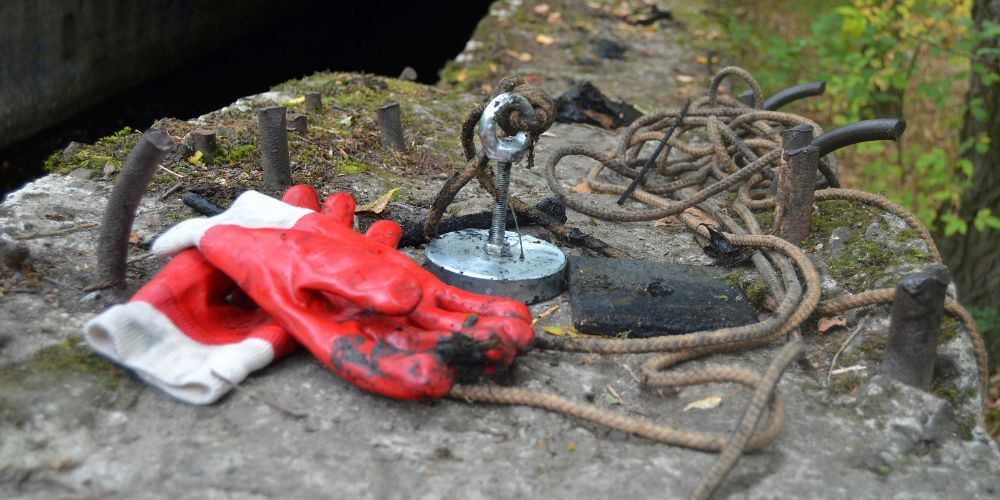
Common Beginner Mistakes to Avoid
After mentoring dozens of new magnet fishers, here are the most common mistakes I see:
- Buying too powerful a magnet: Start smaller and work your way up
- Using inadequate rope: Don't risk losing expensive gear to cheap rope
- Ignoring safety: Always wear gloves and use proper lifting techniques
- Expecting instant treasure: Be patient – the best finds often come after many trips
- Forgetting cleanup duty: Always properly dispose of trash you pull up
The Legal Side of Magnet Fishing
While generally legal, magnet fishing operates in a gray area in some locations. Key legal considerations:
- Research local laws before starting
- Respect private property boundaries
- Report dangerous finds (weapons, ammunition) to authorities
- Follow environmental regulations for disposal of finds
- Consider treasure trove laws if you find anything valuable
Is Magnet Fishing Worth It?
Absolutely. Even if you never find anything valuable, magnet fishing offers:
- Outdoor exercise and fresh air
- Environmental stewardship opportunities
- Historical discovery potential
- Family-friendly activity that kids love
- Stress relief and mindfulness benefits
- Community connection with fellow enthusiasts
The thrill of not knowing what's coming up next keeps you hooked. Plus, you're cleaning up our waterways with every trip.
Getting Started Today
Ready to try magnet fishing? Here's your action plan:
- Start small: Get a beginner-friendly magnet kit
- Research locations: Find legal, accessible spots near you
- Connect with community: Join online groups for tips and support
- Plan your first trip: Bring safety gear and realistic expectations
- Share your finds: The community loves seeing discoveries
Magnet fishing has given me countless hours of outdoor fun, helped me connect with nature and history, and introduced me to an amazing community of treasure hunters. Whether you pull up a Civil War-era horseshoe or just a pile of bottle caps, every magnet fishing trip is an adventure.
The water is calling – are you ready to answer?
Is magnet fishing legal everywhere?
Magnet fishing is legal in most locations, but some areas have specific restrictions. Always check local laws, park regulations, and waterway rules before starting. Some locations may require permits or prohibit removing items from certain waters. When in doubt, contact local authorities or park services for clarification.
What's the best magnet strength for beginners?
For beginners, I recommend starting with a 500-1000 pound pull force neodymium magnet. This provides enough power to pull up substantial finds without being too difficult to handle or control. You can always upgrade to stronger magnets as you gain experience and confidence in the hobby.
How much should I expect to spend starting magnet fishing?
You can get started with quality gear for $50-100. A good beginner magnet costs $30-60, quality rope runs $15-25, and basic safety gear adds another $20-30. While you can spend much more on premium equipment, this budget will get you everything needed for successful magnet fishing adventures.
Author: Will Flaiz


